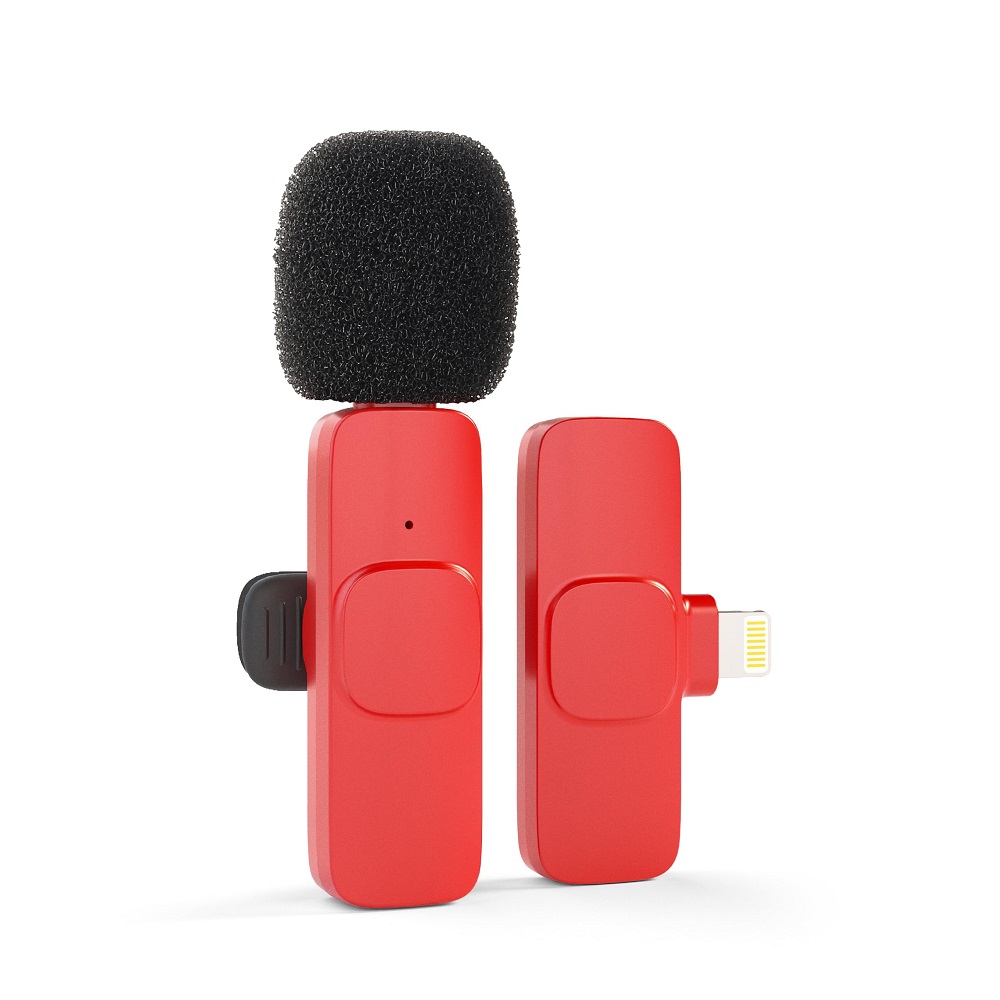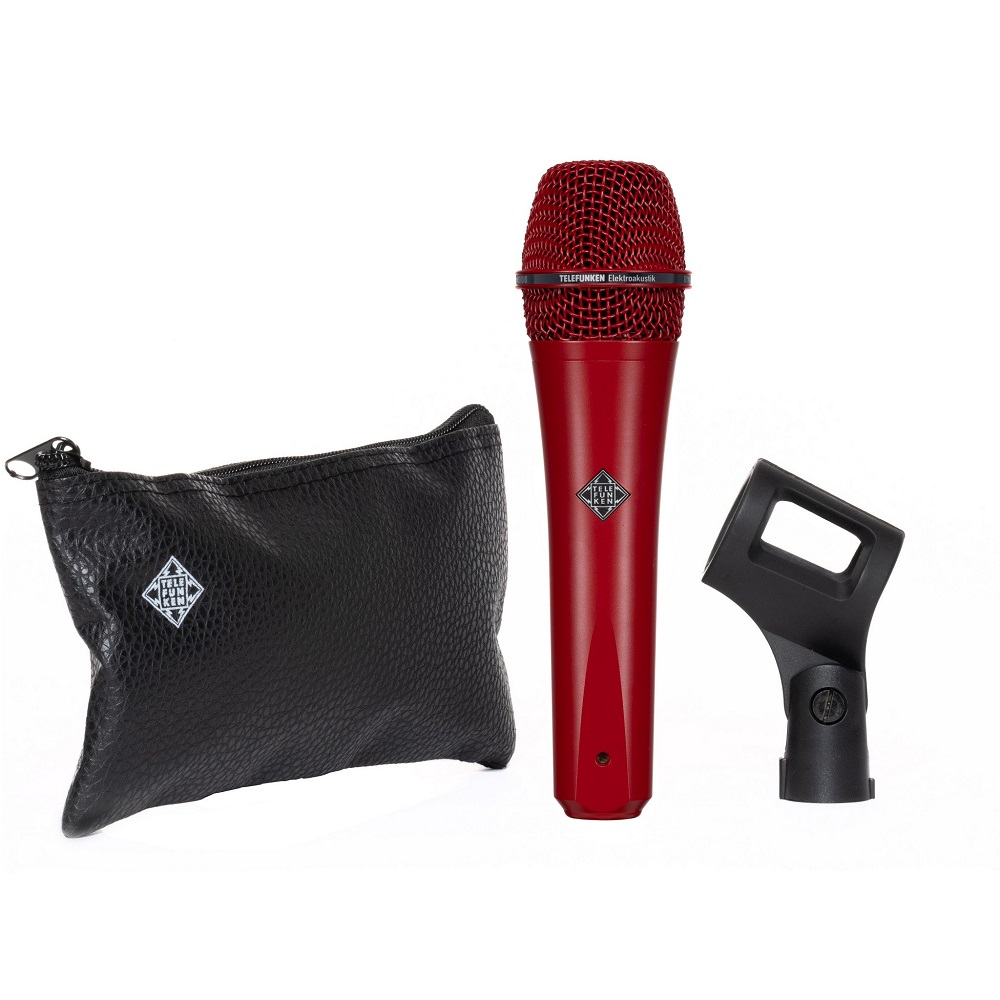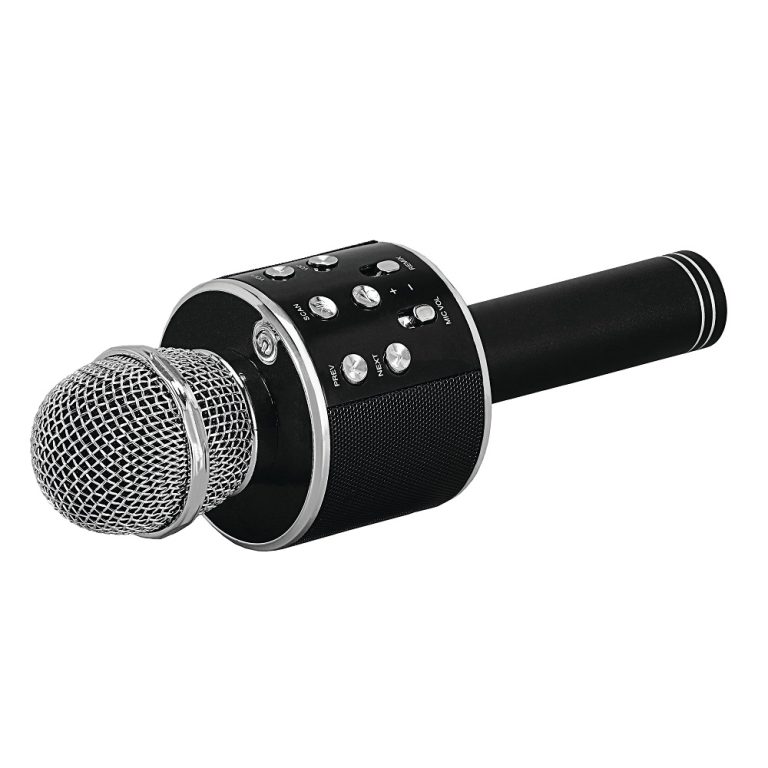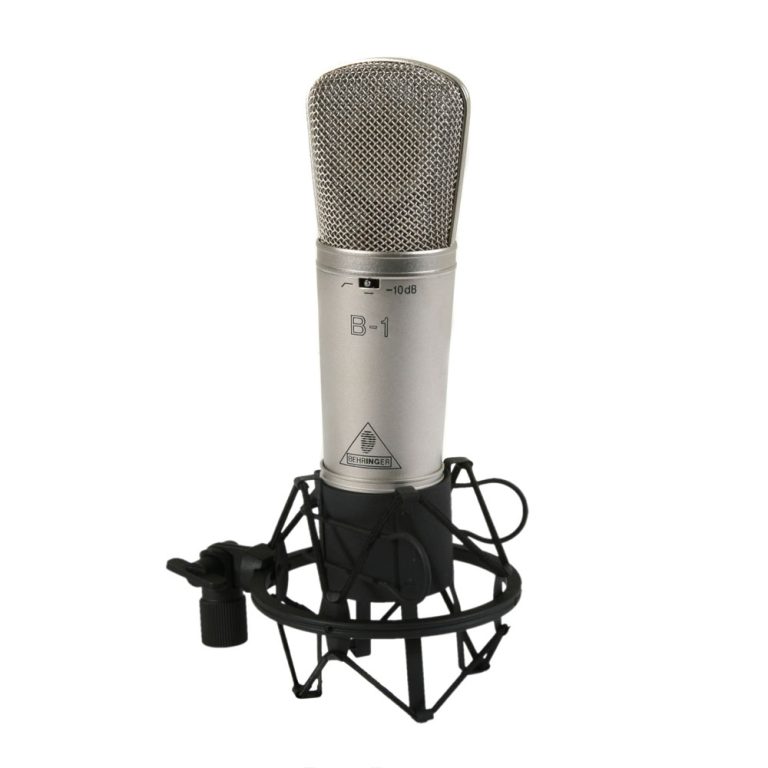Setting up a home studio is an exciting venture for any audio enthusiast, musician, or content creator. Among the various components required for high-quality recordings, the microphone plays a pivotal role. The right microphone can significantly enhance the clarity and quality of your voice or instrument. Red microphones, known for their unique aesthetics and high-quality sound, are popular among creatives. This article will guide you through selecting the perfect red microphone for your home studio. We will explore different types of microphones, essential features, and the specific needs of your recording environment.
Understanding Different Microphone Types
Types of Microphones
When it comes to selecting a microphone for your home studio, understanding the various types is essential. Different microphones serve different purposes and are suited to specific recording scenarios. The most common types of microphones include dynamic, condenser, and ribbon microphones.
Dynamic microphones are durable and handle high sound pressure levels, making them ideal for loud environments and live performances. They are excellent for capturing vocals as well as instruments like drums and electric guitars.
Condenser microphones are sensitive and provide a broad frequency response. They are perfect for vocals and acoustic instruments, capturing subtle nuances in sound. Ribbon microphones, though less common, offer a warm and vintage tone suitable for studio recordings, particularly for vocals and strings.
Application of Each Microphone
Each type has its specific applications based on the sound source. For instance, if you primarily record vocals in a controlled home studio environment, a condenser microphone may be your best bet. However, if you’re interested in recording loud instruments or performing live sound, a dynamic microphone might be more suitable.
Understanding the types of microphones available helps you narrow down your options based on your recording needs. Analyze what you plan on recording most and choose a microphone that aligns with your vision.

Determining Your Recording Environment
Assessing Your Home Studio Space
Before selecting a microphone, consider the recording environment in your home studio. The acoustics of your room will impact the quality of your recordings. Sound reflections, echoes, and background noise can all affect how a microphone captures audio.
If your studio space has a lot of hard surfaces, consider using acoustic treatment, such as foam panels, to dampen reflections. A well-treated room will enhance the performance of any microphone, allowing you to capture clearer sound.
Noise Considerations
Consider possible noise sources that may interfere with your recordings. If your studio is near a busy street or in a noisy household, you’ll want a microphone that effectively isolates your voice or instrument from background sounds. Dynamic microphones tend to be more forgiving in noisy environments and can help minimize unwanted noise.
Understanding your recording environment allows you to select a microphone that will perform well in those specific conditions. The less interference in your recordings, the better your final product will sound.
Microphone Features to Consider
Frequency Response
When choosing a microphone, pay attention to its frequency response. This specification indicates the range of frequencies that the microphone can accurately capture. For voice recordings, look for a microphone with a frequency response that flatters the human voice, typically around 80 Hz to 15 kHz.
For example, recording acoustic guitar may require a microphone that effectively captures higher frequencies, as instruments often produce harmonic content beyond the vocal range.
Polar Patterns
Another crucial feature to consider is the microphone’s polar pattern. This specification describes how well the microphone picks up sound from various angles. Common polar patterns include cardioid, omnidirectional, and bidirectional.
- Cardioid microphones are ideal for isolating sound from the front while minimizing noise from the sides and back. They are commonly used for vocals and instruments in studio settings.
- Omnidirectional microphones capture sound equally from all directions. They are beneficial for recording ambient sounds or when capturing multiple sound sources simultaneously.
- Bidirectional microphones pick up sound from the front and back but reject noise from the sides. These are often used in interviews or duet recordings.
By understanding the polar patterns, you can select a microphone that matches the sound capture needs of your recordings.

The Signature Sound of Red Microphones
Exploring Red Microphone Options
When considering microphones, many people lean toward recognizable brands like Shure, Audio-Technica, or Rode. However, Red microphone, particularly the models offered by Red, are celebrated for their distinct sound profiles and aesthetic appeal. These microphones often provide excellent sound quality while standing out visually with their vibrant red coloration.
Red microphones are available in various styles, including handheld, studio, and lavalier options. Each microphone is designed with specific components that enhance sound capture and recording capabilities.
Quality of Recording
Red microphones are engineered to capture high-fidelity audio, making them popular among professionals and home studio enthusiasts. They are particularly well-regarded for vocal performances but can also excel in instrument recording. Many users appreciate the warmth and clarity that these microphones provide.
Before making a decision, take the time to listen to recordings made with different Red microphone. You may find that one model resonates with your style and preference more than others. Reviews and sound samples can guide your choice based on the qualities that matter most to you.
Budget and Investment Considerations
Setting a Budget
Cost is a significant factor when selecting a microphone. Red microphones are available at various price points, so it is crucial to establish a budget before shopping. Understanding how much you are willing to spend helps narrow down options and prevents overspending.
Keep in mind that while a higher price tag often indicates better quality, there are budget-friendly options that offer excellent performance. Explore various models within your price range.
Long-Term Investment
When investing in a microphone, consider it a long-term investment. A quality microphone can serve you well for years, enhancing your recordings and creative projects. Prioritize sound quality and durability over cost alone.
Research brands and models with a reputation for reliability. Look for warranties or return policies that offer additional assurance. Being informed about the longevity and service of a microphone can enhance your decision-making process and safeguard your investment.

Additional Accessories and Setup
Necessary Accessories
Choosing a microphone often requires additional accessories that enhance usability and performance. A good microphone stand ensures stability during recordings, preventing handling noise. Pop filters can help reduce plosive sounds that occur during vocal recordings. These accessories may seem minor, but they can significantly affect the quality of your recordings.
Consider investing in a shock mount as well. This accessory reduces vibrations and handling noise that may interfere with your sound capture. Many Red microphones come with compatible accessories but verify compatibility when selected separately.
Proper Setup for Optimal Performance
Setting up your microphone correctly is essential for achieving the best sound quality. Ensure that your home studio equipment is organized, including audio interfaces, monitors, and cables. Pay attention to mic placement; for vocals, positioning the microphone at mouth level will typically yield the best results.
Additionally, familiarize yourself with your recording software. Understanding how to utilize levels, gain, and monitoring will enhance your recording experience. Proper preparation and setup make it easy to create without interruptions, allowing for a smoother creative process.
Testing and Finalizing Your Choice
Testing Different Models
Once you have narrowed down your choices, take the time to test different Red microphone if possible. Many music stores allow customers to try out equipment before finalizing a purchase. Recording a few samples with each microphone will give you a clearer idea of which model suits your needs best.
Pay attention to how each microphone handles your voice or instrument. Look for qualities like clarity, warmth, and any nuances you may want to highlight. Spend quality time experimenting to find the microphone that resonates with your creative vision.
Making the Final Decision
After testing various options and gathering your findings from different microphone models, it’s time to make a decision. Reflect on the qualities that matter most to you, whether it be sound quality, design, or additional features. Ensure that the selected microphone aligns with your home studio goals and recording style.
Remember, the microphone is not just a tool; it is a means of capturing your artistic expression. Making a thoughtful decision will pay off as you create high-quality recordings in your home studio.
In conclusion, selecting the perfect red microphone for your home studio involves understanding the different types, evaluating your recording environment, and considering essential features. By researching your options, testing models, and prioritizing your needs, you can find a microphone that enhances your creative projects. Embrace the world of audio recording, and let your passion unfold with the right equipment by your side. Happy recording!


